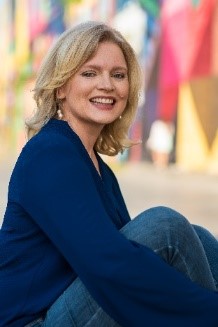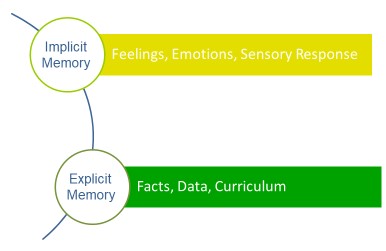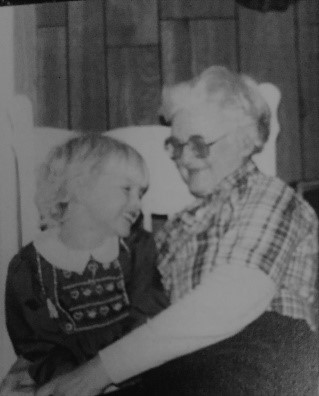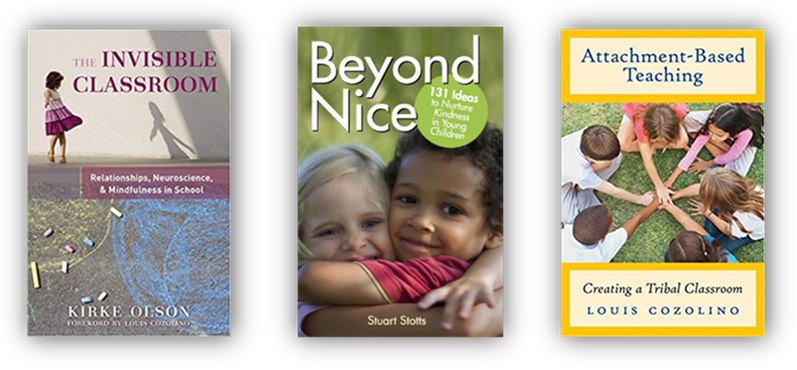- Home
- Various Articles - Helping learning
- Community Counts. Reflecting on the Power of Relationships, Motivation and Connection in the Classroom and Beyond
Community Counts. Reflecting on the Power of Relationships, Motivation and Connection in the Classroom and Beyond
Sarah Elizabeth Sprague is a teacher, trainer and storyteller most often on the floor surrounded by children at Esfera Escola Internacional. She is dedicated to nurturing language learning, literacy development and life skills through music, movement, stories, and hands-on learning in preschool, elementary school, language school, intergenerational and parent-child settings. She has written the pre-primary series Hide and Seek and co-written primary series Super Seek and Find for Macmillan Brasil. Email: sarahlizsprague@gmail.com

There are three teachers of children; adults, other children and their physical environment.
Loris Malaguzzi
The fact that my grandmother didn’t swim was an accepted fact in our family just like everyone knew I did not like tomatoes. We did not discuss it, it simply was. Picnics and hikes by the river or lake, vacations with a pool and even a celebratory cruise for my Grandfather’s birthday did not change those facts.
She was always community minded and spearheaded a campaign to transform a vacant plot of land into a city park complete with gardens and a gazebo for music and programs for young and old alike. The irony was that her next project was to lead a campaign raising money to build a public pool for her town. A pool! It seemed preposterous to my young mind. Nevertheless, she was determined that kids and adults alike feel safe, have fun and be together in a community setting open to everyone.
Her introduction to swimming took her back to being a towheaded little girl on a hot summer day in rural America. As they say, there is no time to learn like the present, so enthusiastically her little body flew into the pond. No floaties, or life vests, no lifeguard, or shallow end. It was sink or swim. I do not know who threw her in, most likely a family friend or relative. Although I never saw it, I do know the panic and fear of that moment stayed with her for a lifetime.
Learning is a visceral, instinctual, and sensorial experience. It is both physical and emotional. It is both content and culture.
Whether we are teaching one on one or to a crowded classroom, the same elements remain. Our students come with their own histories, experiences and biases that collide and interact with our own as well as with those of the students sharing our class. Fears, ideas, opinions and life experiences inform their mindset as well their ability to learn.
Their relationships between their peers inform their feelings of success, attitudes and engagement. Their connection with us can determine their curiosity, autonomy and sense of belonging to this learning community.
It begins for educators by accepting students for who they are in any given moment-although we may not actually like who they are in that moment. –Kirk Olsen The Invisible Classroom Relationships, Neuroscience and Mindfulness in School
We all have a negativity bias that means we focus on what needs fixing. However, that singlemindedness can get in the way of growth. Do we see our students for who they are today or who we wish they would be? For which group do we plan? We all have sources of fear, stress, anxiety, concern and/or obstacles at school and in the world. Fredrickson states that negative emotions are felt more intensely. It takes approximately 3 positive experiences to balance 1 negative. These positive or negative experiences inform our expectations for the future. Negative Bias (Fredrickson 2009/Olsen)
I have taught English in many settings in Brazil but I shy away from calling myself an English teacher. I am a memory maker one on one, in small groups, and large auditoriums. When kids feel safe and connected the doors to learning open wide. Understanding the need for connection and the biological and emotional obstacles gives us the opportunity to be intentional. 3 to 1 times intentional!
Neuroplasticity is the ability of the nervous system to change in response to experience.
Louis Cozolino
We are all memory makers, with the opportunity to change old neural networks by creating positive experiences at school or we can confirm their pre-existing ones.

Implicit memories have a tremendous impact on motivation, engagement and the lifelong connection both with me as a teacher and the content shared. When planning a lesson we often think about it as a meal. A warm-up becomes the appetizer, the grammar and language goals are the entrée while the game or reflection becomes the dessert we quite honestly hope to squeeze in if there is time.
However, what if we change that model to recognize that connecting as a community and celebrating together was essential to the meal itself. To risk taking this metaphor too far, it is the difference between sharing a boisterous holiday meal and asking our students to dine alone. When we reflect on a favorite family meal it brings back the smells, the light, the sounds, the company, and of course the food.
Simple ongoing experiences create community and strong neural pathways. As I shifted my focus to prioritize connections and implicit memories the culture of my classroom changed, classroom management issues minimized and the investment my students had in the content increased.
Be boisterous and bold
Dance, jump, move.
Laugh until you cry.
Have staring contests.
Make special handshakes, offer hugs.
Promote autonomy
Invite students to vote between two stories, games or activities.
Ask for their feedback.
Utilize props where everyone can participate.
Empower them to help develop goals and provide strategies to achieve them.
Use fidgets, props and tools to support sensory needs and aid focus.
Value empathy, kindness, community and forgiveness
Model it and give them the opportunity to practice.
Make mistakes, drop things, ask for help and apologize.
Be mindful and calm
Create moments of stillness, to observe and reflect on our environment, each other and ourselves.
Light some candles and gather around a “campfire”.
Read a story in the dark with a flashlight.
Share steaming cups of hot cocoa, tea or coffee.
Offer a pile of blankets to cuddle up under.
Add a colored lightbulb to a lamp or use colored cellophane taped over a light fixture to bathe a room in color to match a mood, a place or habitat.
Practice being mindful. Breathe together, be present for each other.
Balance ritual and routine with the thrill of surprise.
Take time for greetings, for rituals, for sharing.
Tell them how you feel, who you are.
Take time to discover who they are.
Surprise them with something silly, outrageous and unexpected.
In conclusion, content is certainly critical, but as we develop our lesson plans do we consider connection as the key to its success? I wonder, do we simply throw our students in the deep end or do we build a community pool where they can learn to swim and play for a lifetime?

P.S. My Nana never learned to swim, but I now love tomatoes.

References
Kirke Olson (2014) The Invisible Classroom-Neuroscience and Mindfulness in School
Stuart Stotts (2015) Beyond Nice, Nurturing Kindness with Young Children
Luis Cozolino (2014) Attachment Based Teaching-Creating a Tribal Classroom
Please check the How to Motivate Your Students course at Pilgrims website.
Please check the English Course for Teachers and School Staff at Pilgrims website.
Please check the Methodology and Language for Kindergarten course at Pilgrims website.
Please check the Methodology and Language for Primary course at Pilgrims website.
Please check the Methodology and Language for Secondary course at Pilgrims website.
Listening: Problems from Learners’ Perspectives
Annie McDonald, UKLearner Autonomy: Research and Practice
Jo Mynard, JapanCreating a Thinking Environment for English Language Learners
Michelle Hunter, GermanyCommunity Counts. Reflecting on the Power of Relationships, Motivation and Connection in the Classroom and Beyond
Sarah Elizabeth Sprague, BrazilHow to Teach Demotivated Students by Humanising Language Teaching
Susan Brodar, ItalyUnderstanding Scaffolding and Organic Mediation
Dr. Gabriel Díaz Maggioli, UruguayOvercoming the Speaking Headache: A Speaking Project Idea
Maria-Araxi Sachpazian, Greece